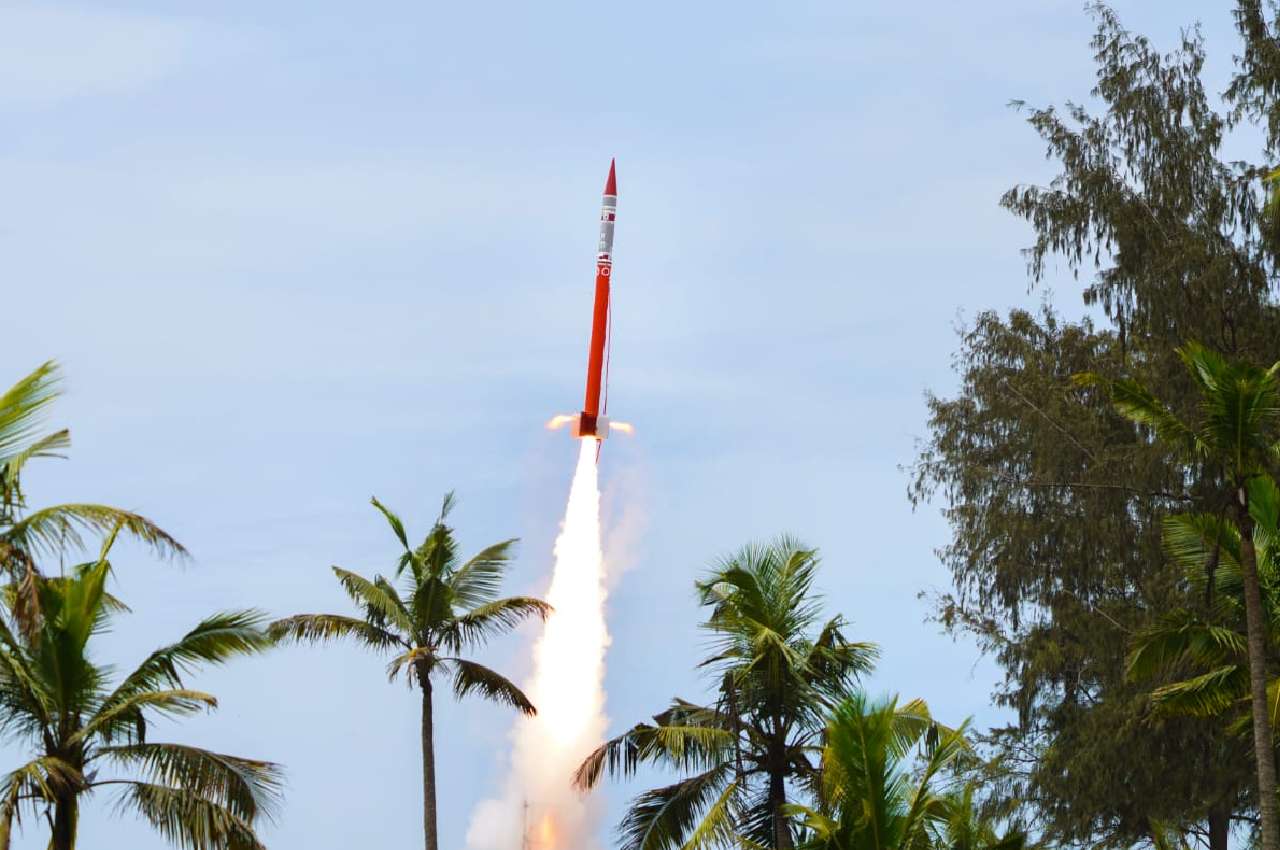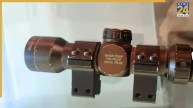New Delhi: Indian Space Research Organisation (ISRO) has signed four cooperative documents specifically to collaborate in space exploration in the last five years, Union minister of state for science and technology Jitendra Singh said.
In a written reply to a question in the Rajya Sabha on Thursday, Singh said the agreement with the USA is for accommodating USA instruments in India’s Chandrayaan-2 and Chandrayaan-3.
He informed that the agreement with Japan is to conduct a feasibility study for a joint lunar polar exploration mission, while with the UK for conducting feasibility study for collaboration in future space science missions.
Singh also informed that the government’s department of space provides training and capacity building in space science related technology including satellite services to neighbouring small countries and other space-aspiring countries of the world.
Read More :- CENTRE DISTRIBUTED FREE FOOD GRAINS BY SPENDING RS 3.90 LAKH CRORE UNDER PMGKAY: TOMAR
He said, India and Bhutan collaborated on the development of INDIA-BHUTANSAT Satellite carrying into payloads NanoMX, an optical imaging payload developed by ISRO and APRS-Digipeater, jointly developed by Department of Information Technology & Telecom (DITT), Bhutan and ISRO. The said satellite has been successfully placed in orbit on 26.11.2022.
A communication satellite ‘South Asia Satellite’ was dedicated by India to South Asian Countries in 2017, Singh added.
ISRO takes initiatives for feasibility studies on missions to Venus
ISRO has taken initiatives for feasibility studies on missions to Venus as well as aeronomy studies, Singh said on 14th December.
The minister had said that both these missions are being conceptualized and the scientific scopes are being deliberated nationally with participation of science community.
Read More :- INDIA, CHINA AGREE TO MAINTAIN SECURITY, STABILITY ALONG LAC IN WESTERN SECTOR
The term “aeronomy,” coined and introduced about 60 years ago, refers to the scientific study of the upper atmospheric regions of the Earth and other solar system bodies. It covers the chemistry, dynamics and energy balance of both neutral and charged particles.
Read More :- Latest India News












